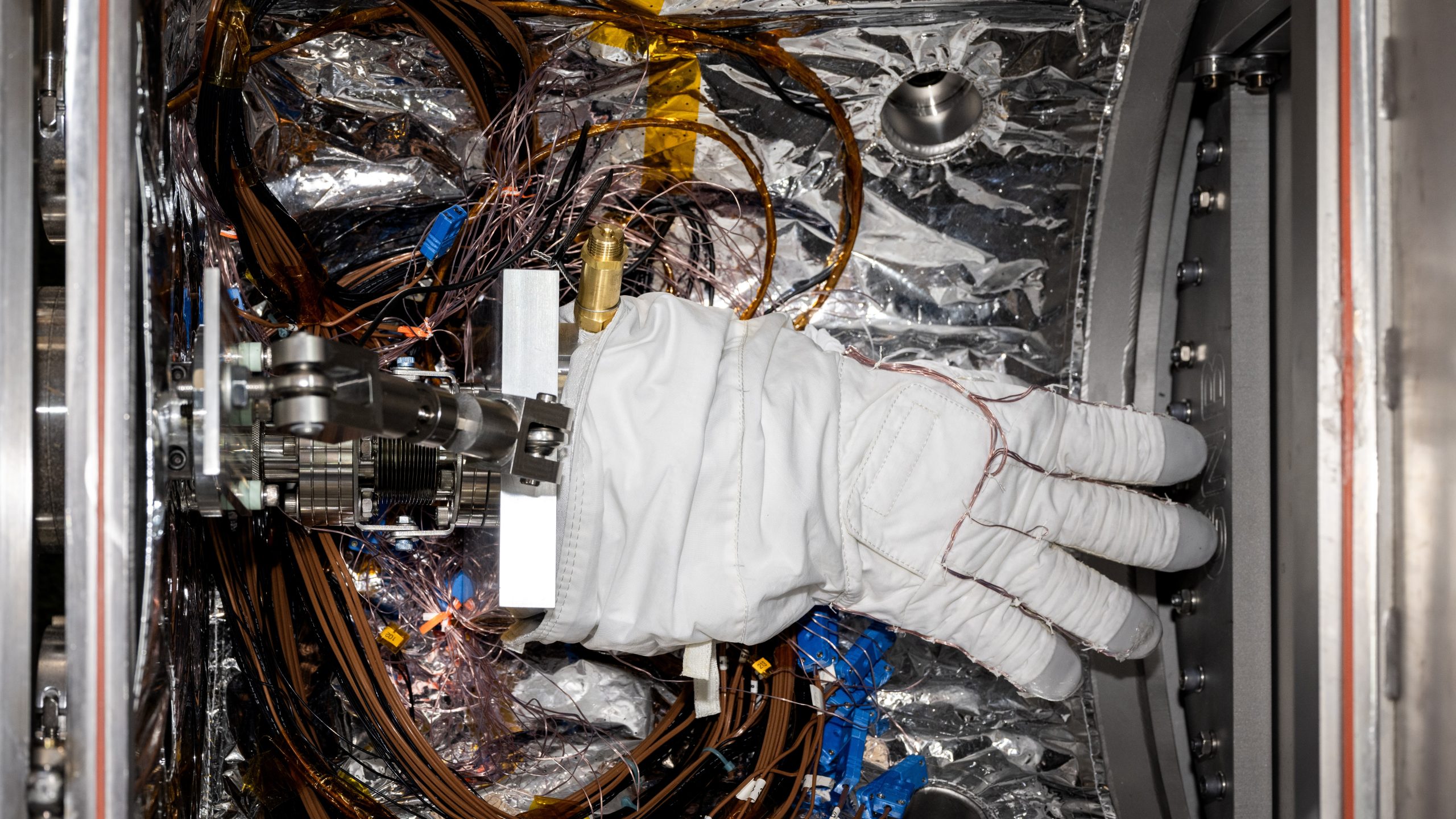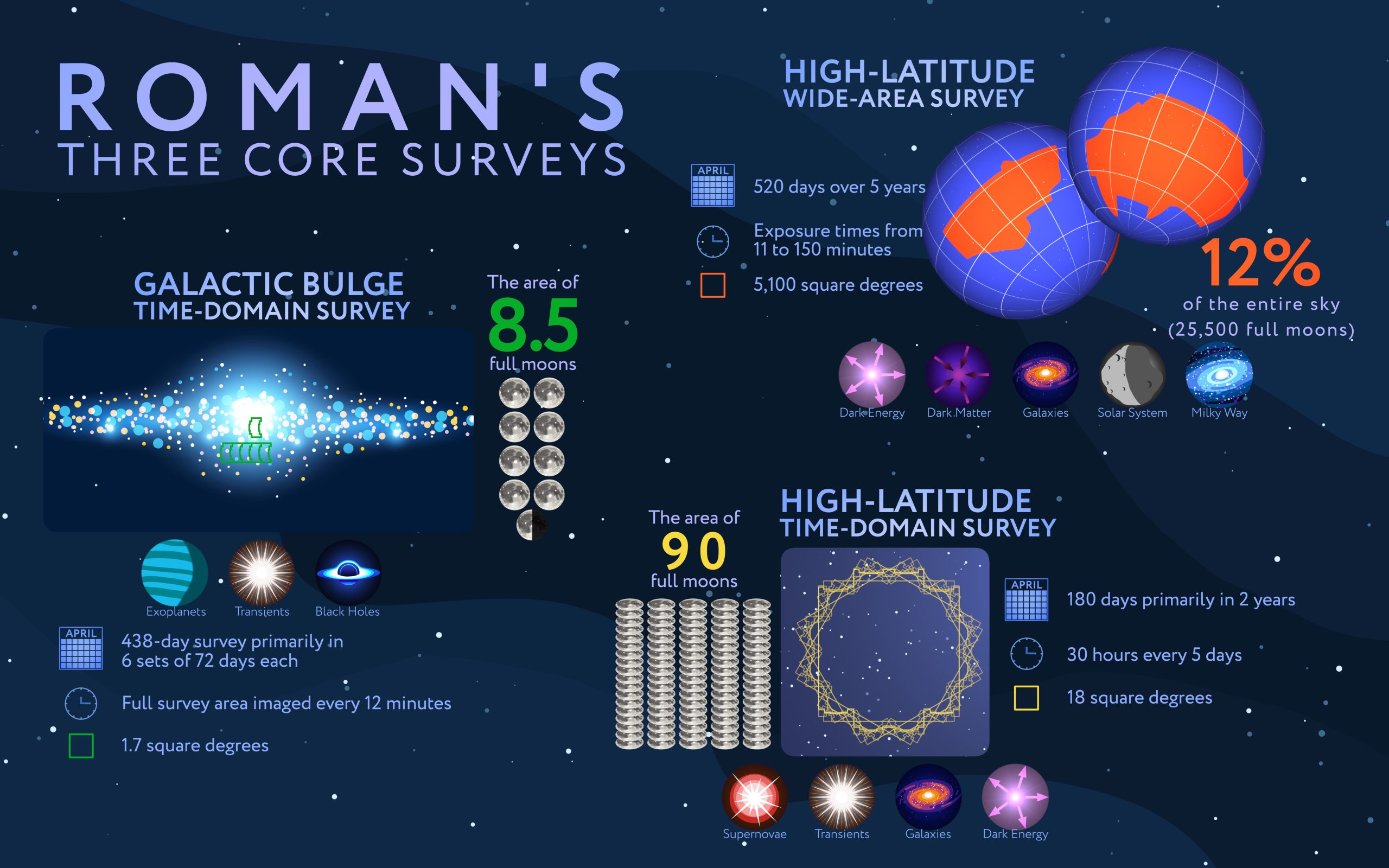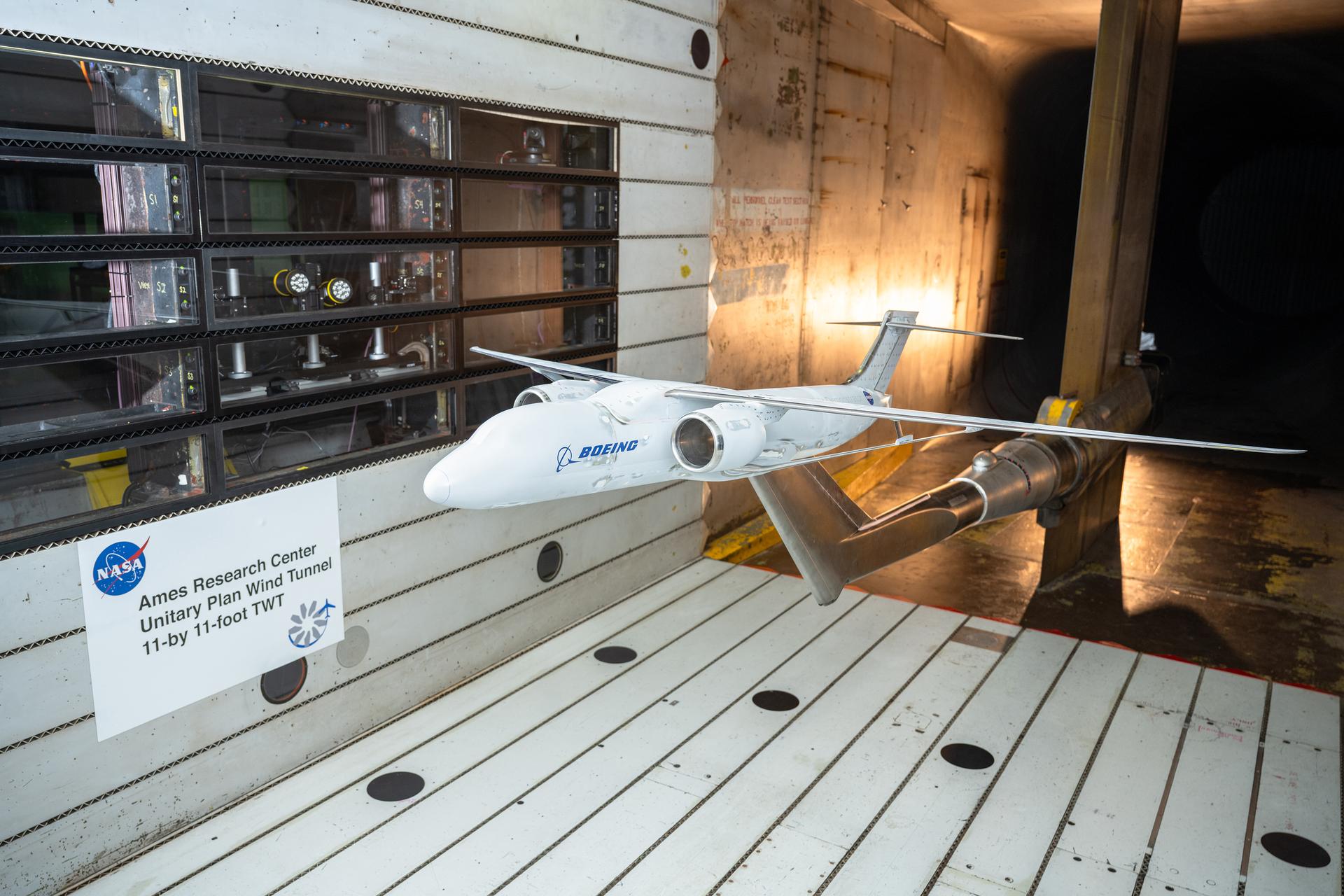Now Reading: NASA Evaluates Spacesuit Components in Extreme Icy Chamber
-
01
NASA Evaluates Spacesuit Components in Extreme Icy Chamber
NASA Evaluates Spacesuit Components in Extreme Icy Chamber

Quick Summary:
- NASA’s Jet propulsion Laboratory (JPL) has developed a unique testing facility called CITADEL (Cryogenic Ice Testing, Acquisition Growth, and Excavation Laboratory) to evaluate next-generation spacesuits.
- Originally designed for testing robotic spacecraft for icy planets like Jupiter’s moon Europa, CITADEL is now used to test spacesuit components such as gloves and boots under extreme cold conditions.
- Recent tests ran from October 2023 to January 2025, examining thermal durability in cryogenic temperatures akin to the Moon’s South Pole environment (-414°F).
- Future tests will focus on other suit parts like elbow joints and fabrics while introducing lunar regolith simulants into the chamber.
- Findings revealed limitations in existing spacesuit designs optimized for spacewalks at the International Space Station. Upgraded suits are being developed by Axiom Space for Artemis III astronauts.
- Cutting-edge manikin technology was employed during tests, which improves data consistency over traditional human-in-loop methods.
- Data collected will refine safety criteria and assist vendors designing lunar exploration suits capable of enduring extended exposure to extreme environments.
Image Included: None provided.
Indian Opinion Analysis:
NASA’s ongoing development of advanced testing facilities like CITADEL marks a critically important leap toward ensuring astronaut safety during future lunar missions. For India, which plans its own Moon explorations under ISRO’s Chandrayaan program and beyond, these cutting-edge methodologies could provide valuable insights into space systems engineering. The adaptation of technology originally designed for extraterrestrial robotic systems reinforces global progress toward multidisciplinary applications in human exploration.
India may find opportunities through international collaboration with organizations such as NASA or by developing similar test infrastructures tailored to its unique goals in space research. Lessons from Artemis III-targeting deeply shadowed polar regions with persistently low temperatures-could play a role in shaping India’s strategies if mining or prolonged habitation on the Moon becomes part of its vision alongside scientific endeavors.
Neutral learning from this innovation demonstrates how shared challenges pave a path forward globally without duplicative efforts while retaining each nation’s distinct contributions toward enduring exploration technologies.

























